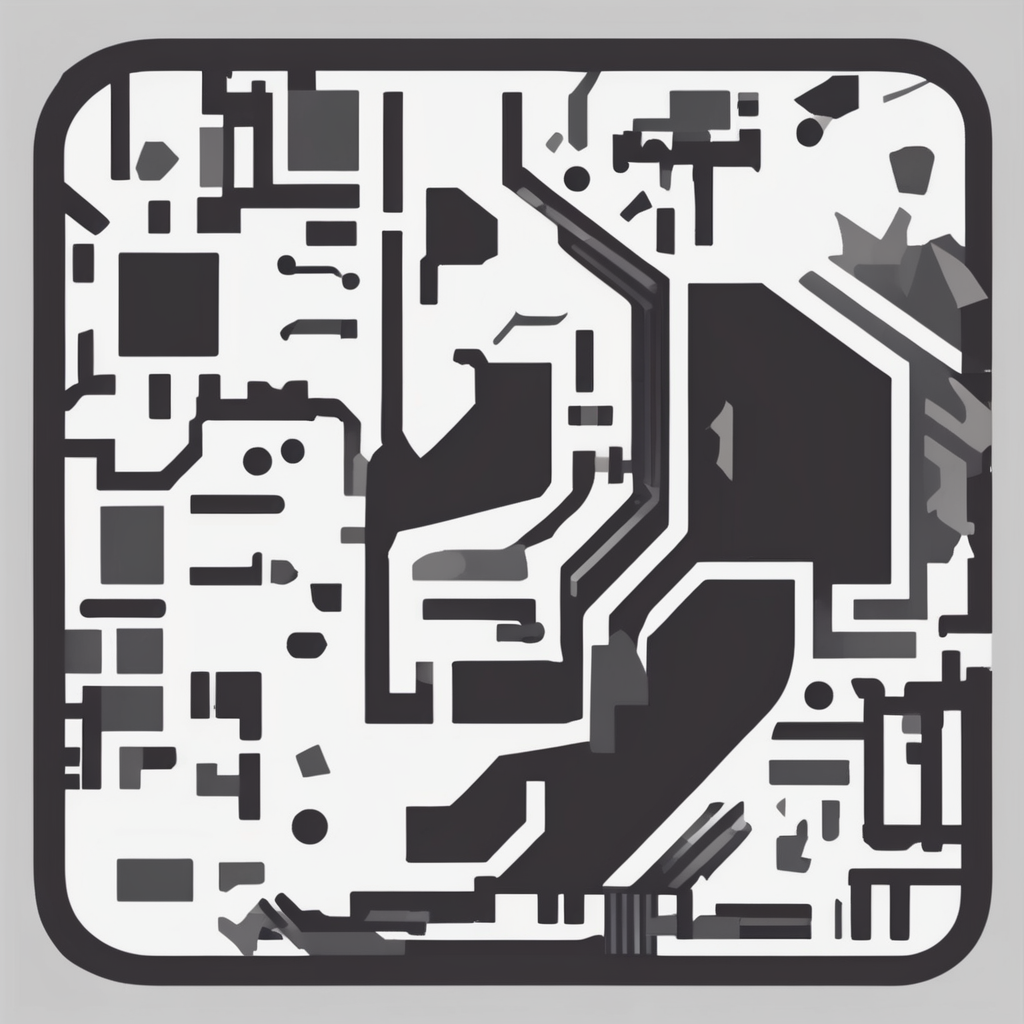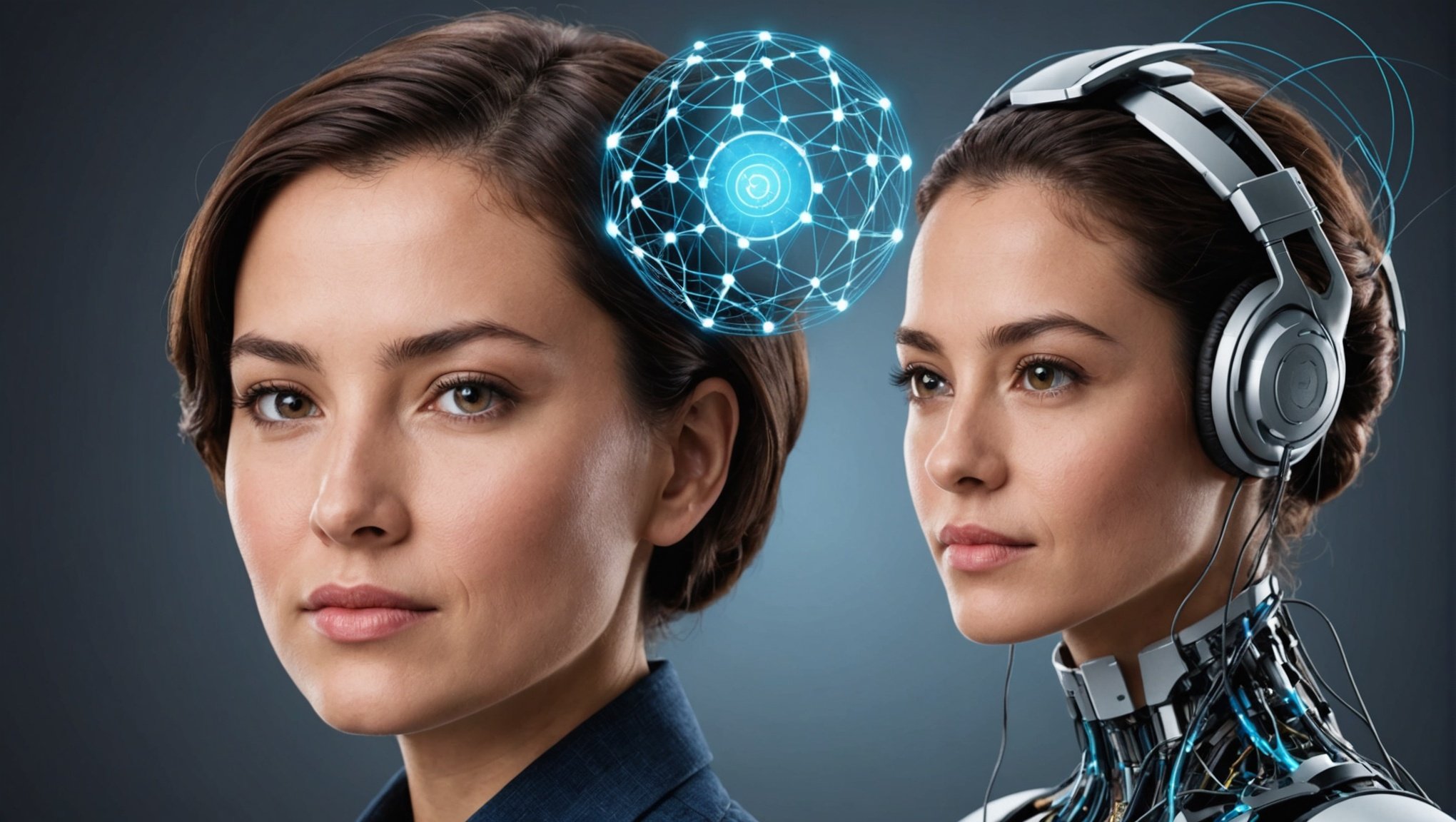Revolutionizing Language Translation: Enhancing Accuracy Through AI Innovations
In the era of global connectivity, language translation has become a crucial aspect of international communication, business, and education. The advent of artificial intelligence (AI) has transformed the translation industry in profound ways, offering unprecedented levels of accuracy, efficiency, and cultural adaptation. This article delves into the innovative ways AI is revolutionizing language translation, the benefits it brings, and the future implications of these advancements.
The Evolution of Translation Technology
To appreciate the impact of AI on language translation, it’s essential to understand the historical context of translation technology. From ancient scribes to modern AI-powered tools, the journey has been marked by significant milestones.
Also to see : Unlocking Precision: Leveraging AI to Boost the Accuracy of Financial Trading Algorithms
Ancient Roots of Translation
Translation dates back to ancient civilizations, where scribes would manually translate texts to facilitate cross-cultural communication. This labor-intensive process required immense skill and time, limiting the scope and speed of translation.
The Era of Machine Translation
The introduction of machine translation (MT) in the 1960s marked a significant shift. Early MT systems used rule-based approaches, which were later replaced by statistical machine translation (SMT) in the late 1990s. SMT analyzed large corpora of bilingual texts to generate translations, improving quality but still falling short in terms of nuance and context.
This might interest you : Unlocking the Power of AI: Transforming Logistics and Delivery Systems for Greater Efficiency
The Rise of Neural Machine Translation
The current era is dominated by neural machine translation (NMT), which leverages deep learning to produce translations that are more fluent and contextually accurate. NMT systems analyze entire sentences, taking into account the complexities of language and cultural nuances, resulting in high-quality translations almost instantly.
How AI is Transforming Language Translation
AI, particularly through NMT and generative models, has revolutionized the translation industry in several key ways.
Enhancing Speed and Efficiency
One of the most significant advantages of AI in translation is its speed. Traditional localization processes are often time-consuming and resource-intensive. AI-powered tools can generate translations in real-time, significantly reducing turnaround times and allowing companies to enter new markets faster. For instance, tools like neural machine translation can translate content much quicker than human translators, although human post-editing is still necessary to ensure cultural nuances are captured correctly.
Improving Accuracy and Cultural Adaptation
Advanced machine learning algorithms are continually refining translation accuracy and fluency. These improvements lead to more context-aware and culturally appropriate translations. AI models can understand and accurately translate idiomatic expressions and cultural references, reducing the need for extensive human post-editing. This trend results in faster turnaround times for localization projects and enables businesses to enter new markets more quickly and efficiently.
Increasing Personalization
AI technologies are enabling more personalized localization efforts. Content can be tailored not just for language but also for individual user preferences and behaviors. This trend may lead to dynamic content adaptation based on user data, allowing businesses to deliver highly relevant and engaging experiences across different markets. For example, e-commerce platforms could use AI to automatically adjust product descriptions and marketing messages based on local cultural preferences and individual user browsing history.
Key Benefits of AI in Translation
Here are some of the key benefits AI brings to the translation industry:
- Speed: AI can translate large volumes of text in seconds, significantly reducing the time required for translation projects.
- Accuracy: Advanced algorithms ensure translations are contextually accurate, capturing nuances that might be missed by human translators.
- Cost-Effectiveness: The reduced need for manual translation cuts costs, making translation services more accessible to a wider range of businesses and individuals.
- Cultural Adaptation: AI models can provide more accurate cultural adaptation, helping businesses avoid cultural missteps and maintain brand coherence in global communications.
The Role of Human Translators in AI-Driven Translation
While AI has significantly enhanced the translation process, human translators remain essential for several reasons:
- Nuanced Understanding: Human translators can provide a nuanced understanding of text, capturing subtleties and context that AI models might miss.
- Quality Assurance: Human post-editing is crucial for ensuring the accuracy and cultural appropriateness of translations.
- Specialized Fields: In fields like legal, medical, and technical translation, human expertise is indispensable due to the complexity and specificity of the content.
Integration of AI with Other Technologies
The convergence of AI with other technologies is opening new frontiers in language translation and localization.
Augmented Reality and Virtual Reality
The integration of AI with augmented reality (AR) and virtual reality (VR) could lead to immersive, real-time localization experiences. For example, AR applications might provide instant visual translations of signs and menus in foreign countries, while VR could offer localized voice interactions in smart homes across different regions.
Internet of Things (IoT)
IoT devices could offer localized voice interactions, enhancing communication and fostering meaningful connections worldwide. For instance, smart home devices could provide real-time translations, making global communication more seamless and accessible.
AI-Enhanced Quality Assurance
AI is set to play a larger role in quality assurance for localized content. Here’s how:
- Detecting Inconsistencies: Machine learning models can be trained to detect inconsistencies, grammatical errors, and cultural faux pas in translated content.
- Suggesting Improvements: These systems may even suggest improvements and alternatives, further streamlining the localization process.
- Reducing Manual Checks: AI can significantly reduce the time and cost associated with manual quality checks while improving overall accuracy.
The Economics of Machine Translation
The economic impact of AI in translation is substantial.
| Translation Method | Speed | Cost | Accuracy |
|---|---|---|---|
| Traditional Human Translation | Slow | High | High |
| Machine Translation (MT) | Fast | Low | Moderate |
| Human-assisted MTPE | Moderate | Moderate | High |
As the table shows, human-assisted machine translation post-editing (MTPE) strikes a balance, offering high accuracy at a moderate cost and speed. This approach is particularly beneficial for businesses looking to scale their localization efforts efficiently.
Real-Time Interpretation and Communication
One of the most exciting developments is AI’s role in real-time interpretation. Here are some examples:
- Instant Translations: Tools like iFLYTEK Smart Translator offer instant translations, aiding pronunciation improvement, and promoting cultural understanding. This device supports 60 voice language translations, 50 photo language translations, and 18 offline language pairs, ensuring a smooth communication experience in over 200 countries.
- Business and Travel: Real-time interpretation enhances global communication, making it easier for people from different linguistic backgrounds to collaborate effectively. This technology is particularly useful in international business meetings and for travelers navigating language barriers and cultural nuances.
AI in Language Learning
AI-driven language learning tools are revolutionizing the way we learn languages.
- Personalized Learning: These tools offer personalized learning experiences, adapting to individual proficiency levels. AI provides tailored lessons, helping users to learn at their own pace and improve their language skills.
- Real-Time Feedback: AI can offer real-time feedback on pronunciation, grammar, and vocabulary usage, making the learning process more interactive and effective.
Ethical Considerations
As AI becomes more integral to language translation, several ethical considerations arise:
- Data Privacy: Ensuring the privacy and security of user data is crucial. AI models require vast amounts of data to learn and improve, but this data must be handled responsibly.
- Cultural Sensitivity: The standardization of language through AI could lead to a homogenization of expression, potentially resulting in the loss of linguistic diversity and unique cultural perspectives. As linguist David Crystal warns, “If the development of a global language meant the death of other languages, that would be too high a price to pay”.
The Future of Human–AI Language Interaction
The future of language translation and communication is likely to be shaped by even more sophisticated AI technologies.
- Direct Brain–Computer Interfaces: Futurists envision direct brain–computer interfaces that could allow thoughts to be translated instantly into an optimized language, facilitating unprecedented levels of global collaboration and idea sharing.
- Transparent Algorithms: Ensuring transparency and preventing subtle forms of thought control or manipulation will be critical as AI becomes the mediator of our communications. As computational linguist Emily Bender notes, “Language models are picking up patterns in the data they’re trained on, but they’re not actually learning meaning in the way that humans do”.
Practical Insights and Actionable Advice
For those looking to leverage AI in language translation, here are some practical insights and actionable advice:
- Invest in AI-Powered Tools: Utilize tools like Google Translate, DeepL, and iFLYTEK Smart Translator to enhance your translation workflows.
- Combine AI with Human Expertise: Use human-assisted MTPE to ensure high-quality translations that capture cultural nuances and context.
- Focus on Quality Assurance: Implement AI-enhanced quality assurance processes to detect inconsistencies and suggest improvements.
- Embrace Continuous Learning: Stay updated with the latest advancements in AI and machine learning to optimize your translation services.
The integration of AI in language translation has opened up new possibilities for global communication, breaking down language barriers and fostering meaningful connections across cultures. As AI continues to evolve, it is crucial to balance the benefits of technology with the need for human expertise and ethical considerations. By embracing these innovations while ensuring transparency and cultural sensitivity, we can create a more connected and inclusive world.
In conclusion, the revolution in language translation driven by AI is not just about technology; it’s about enhancing human communication and understanding. As we move forward, it’s important to appreciate the historical context, the current benefits, and the future implications of these advancements. By doing so, we can harness the full potential of AI to create a more interconnected and culturally rich world.












